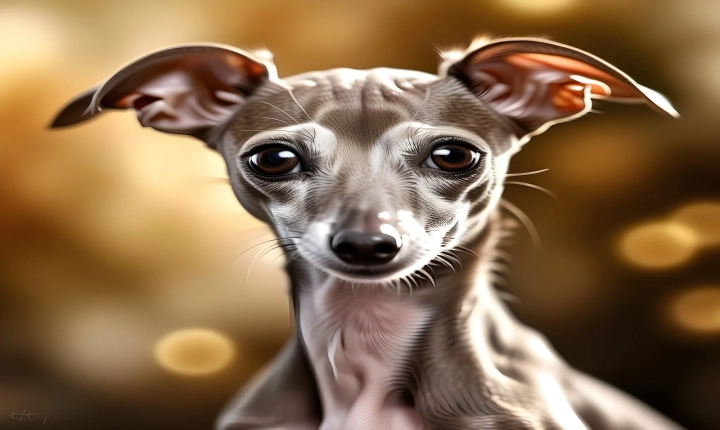How to Know if Art is AI Generated
Artificial Intelligence (AI) has made significant advancements in the field of art, creating unique and thought-provoking pieces that challenge our perceptions of creativity and expression. As AI-generated art becomes more prevalent, it can be difficult to discern whether a piece was created by a human artist or an algorithm. However, there are certain characteristics and techniques that can help in identifying whether a piece of art is AI-generated.
1. Repetitive Patterns and Symmetry
One of the telltale signs of AI-generated art is the presence of repetitive patterns and symmetrical designs. AI algorithms are programmed to create aesthetically pleasing compositions, often relying on repeated elements to achieve balance and visual harmony. If the artwork exhibits perfect symmetry or an abundance of repeated shapes or motifs, it may have been created by AI.
2. Unusual Color Combinations
AI-generated art often explores unconventional color combinations and palettes that might not be commonly found in human-created artworks. The algorithms behind AI art are capable of analyzing vast amounts of data to identify trending color schemes and experiment with unique combinations. As a result, AI-generated art may display striking and unexpected color choices.
3. Pixelation and Digital Artifacts
Artworks that contain visible pixelation or digital artifacts are likely to be AI-generated. While human artists strive for precision and clarity in their work, AI algorithms may produce images with noticeable imperfections, especially when working with high-resolution digital images. These imperfections can manifest as visible pixels or distortions in the final artwork.
4. Algorithmic Signature
Artworks that incorporate specific algorithmic techniques or styles hint at their AI-generated origins. Neural style transfer, for example, is a popular AI technique that involves combining the style of one image with the content of another, resulting in a distinct visual signature. If an artwork exhibits the characteristic traits of a particular AI algorithm, it is likely to be AI-generated.
5. Metadata and Attribution
In some cases, the metadata and attribution accompanying an artwork can reveal whether it was created by an AI. AI-generated art platforms often provide information about the algorithms and techniques used to produce the artwork, as well as credit the developers and engineers involved in its creation. Checking the metadata and accompanying information can offer insights into the origin of the artwork.
6. Context and Narrative
AI-generated art may lack the emotional depth and personal experiences that human artists infuse into their work. While AI can produce visually stunning compositions, it may struggle to convey meaningful narratives or evoke specific emotions. Artworks that appear to be aesthetically striking but lack a compelling context or narrative might be indicative of AI generation.
As AI continues to push the boundaries of artistic creation, it is important for viewers and collectors to develop a critical eye for distinguishing between human-generated and AI-generated art. Understanding the characteristics and techniques associated with AI-generated art can foster a deeper appreciation for the evolving landscape of artistic expression and the intersection of technology and creativity. While AI-generated art presents novel and intriguing possibilities, the ability to discern its distinct features can enrich our understanding of the artistic process and the role of AI in shaping the future of art.
In conclusion, identifying AI-generated art requires a keen observation of repetitive patterns, unconventional color combinations, digital imperfections, algorithmic signatures, metadata, and the overall context of the artwork. By honing this skill, art enthusiasts can navigate the expanding realm of AI-generated art with a discerning eye and a deeper appreciation for the innovative intersection of art and technology.
